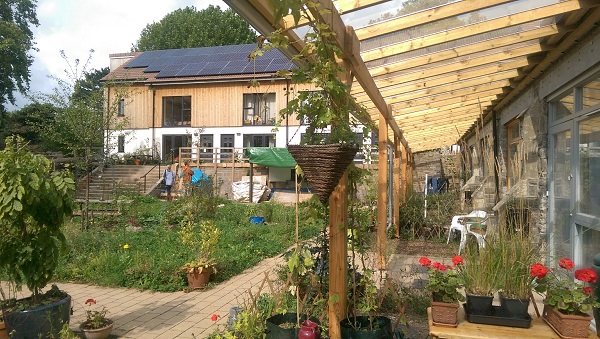Mia Rafalowicz-Campbell, Policy & Research Officer, looks at role of Community Land Trusts in meeting housing demand.
As we look left and right for antidotes to the housing crisis, for solutions that don’t simply widen the wealth gap, community-led housing (CLH) approaches are gaining traction. While CLH increases the supply of genuinely affordable housing, its core values of community understanding, engagement and nurturing are what underscore the importance of its contribution. At a time where responsible regeneration often gives way for displacement gentrification, CLH initiatives like Community Land Trusts (CLTs), which have surged in popularity over the past decade, offer a genuinely hopeful way forward.
With origins in 1960s America, there are today almost 300 CLTs at various stages across England and Wales, 23 of those in London. To date, over 800 homes have been built by CLTs, set to surpass 3000 by 2020. The National Community Land Trust Network has produced a map detailing each of these schemes and their stages of development, and avid readers of Time Out London magazine will be able to confirm that the subject of CLTs has now well and truly entered popular discourse.
Community as beneficiary

325 Fishponds Road. Photo source: National CLT Network
A Community Land Trust is, in short, a mechanism by which the community remains the beneficiary of developments on local land. A CLT is formed through self-organisation, after which it buys or is gifted land, builds out (without the help of developers nor the need to pay them wide profit margins), and provides homes for sale or rent based on local incomes rather than market rates. The CLT is then the steward of this land, and any sell-on of properties will be at similarly affordable rates.
Community-led housing comprises a very small proportion of total housing stock in the UK, far less than 1%. With the government’s favourable attitude towards CLTs, as evidenced by their exemption from the rent cut and the announcement of the £163 million Community Housing Fund, it is clear that there is a real appetite for CLTs and CLH in general to play an increasingly important role in the future of housing provision.
The question now, however, is just how to make that a reality? This issue is made explicit by the recent Social Housing Green Paper calling for responses to the question of how to overcome the barriers faced by communities trying to lead such initiatives.
Growth of community-led housing projects is complex by definition, as new organisations must serve new communities rather than existing organisations expanding to serve other communities: it is ‘scaling out’ rather than ‘scaling up’ that is required.
For more information about CLH and the role of local authorities, see this report produced by the Co-operative Councils’ Innovation Network, and the CLH toolkit produced by HACT covering housing, communities, legal, planning and finance issues.
Mia Rafalowicz-Campbell is Policy & Research Officer at Campbell Tickell. For more information or to discuss this article, please contact:Mia@campbelltickell.com
Note: This article also appears in CT Brief 37



